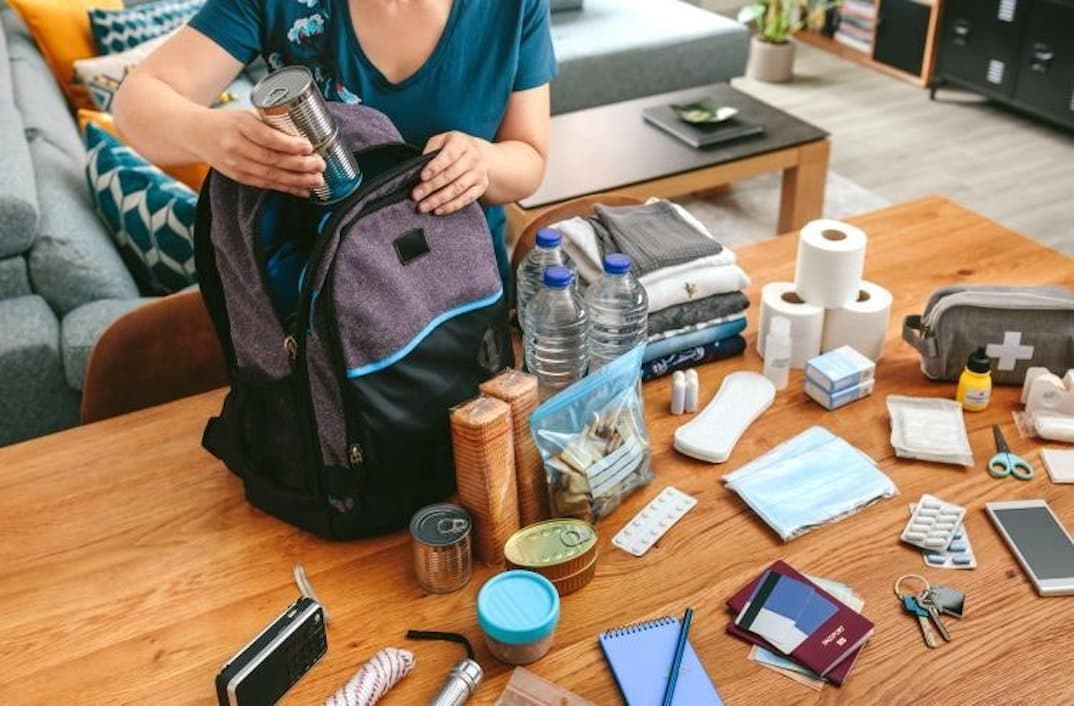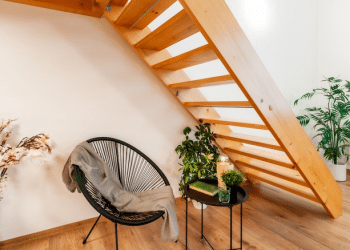Table of Contents

You don’t have to be a conspiracy theorist to agree that natural disasters are real and can cause harm. Likewise, you needn’t be a survivalist to prepare yourself to weather any potential storms headed your way. Today, tomorrow, or ten years from now, your region may face any number of crises.
It is up to you to know which crisis is most likely to hit your specific area and to be as ready as you can without driving yourself crazy.
1. Gain Some Independence
It is so easy to take for granted that you’ll always have water, electricity, and heat as long as you pay your bills. Sadly, several events can knock out any or all of these resources for several days. This isn’t even to mention the rolling blackouts some cities experience during intense heat waves.
You can almost certainly count on local governments to get everything back online after a week or two, but that’s still a long time!
Fortunately, you have options that won’t leave you stranded without power and water. Look into leasing solar panels for quick installation and lower costs.
This will ensure you have access to your electricity if the grid goes down. If you have the option to dig a well on your property, seriously consider it, and have a solar pump installed. Barring access to solar power, you should have a generator on hand for your bare minimum electricity needs.
2. Collect and/or Store Water
Of course, many homes and apartments won’t have access to a well system. And even if you do, you may not want to use up all your resources.
A home needs more water than most people realize. You typically need water for cooking and cleaning, bathing, brushing your teeth, and drinking. Many people will also want to provide water to any animals they have and water houseplants and their gardens.
For these reasons, you should look into collecting and storing water. You can use any collected water for watering your garden and houseplants. This water can also often be used for cleaning when mixed with certain soaps and chemicals.
Consider keeping a couple of large barrels with lids outside for collecting rainwater. Be sure to check your state and county for rainwater collection restrictions. Inside, you’ll want a gallon of water per person per day for cooking and drinking.
3. Hunt and Gather Food
No, you don’t have to buy a shotgun and head out into the wilderness. You can hunt for meat at your local grocery store and gather grains from Costco or Sam’s Club.
It doesn’t have to be cost-prohibitive either. The idea is that you want to be prepared to potentially be unable to reach a store for up to two weeks. It may seem unlikely, but if you live in a rural area, it can be more than reasonable.
In general, it’s a good idea to store food that will keep well. Think of rice, pasta, flour, oats, and canned and frozen vegetables and fruits. You’ll need to make sure you have a plan for power if you’re going to stock your freezer and cook meals.
You can also store canned meats like chicken and tuna for protein. And if you have a large freezer, you can store enough meat to last you months! Buy a little at a time until you’ve got at least a full two weeks’ worth of food.
4. Get Gas
Like a water well, it’s a good idea to have access to natural gas if you can get it. Many homes already have natural gas piped in; others need to have the pipes installed. Having natural gas means you won’t have to worry about cooking and heating if the power goes down.
Even if you have solar panels, gas will allow you to conserve that energy for other purposes. As an added benefit, natural gas is a relatively clean fossil fuel to burn.
Even if you can’t access natural gas on your property via a local gas company, you have options. You can install a gas cylinder on your property that will hold enough gas to last a couple weeks. Alternatively, if you have a small home, you can just keep a small tank of gas on hand to run a cookstove.
And don’t forget to always have enough fuel in your car to leave town in case of an emergency! Don’t leave it parked on empty; that won’t get you anywhere.
5. Check Your First Aid Kit
Finally, you should always have a fully stocked first aid kit. While many people have basic items like bandaids, rubbing alcohol, and maybe some ointment on hand, you’ll need more if disaster strikes. This is one of those cases where it’s better to have it and not need it than to need it and not have it.
If someone in your household gets a serious cut or burn or suffers from infection, you’ll want supplies. Emergency rooms and pharmacies may be overcrowded or shut down.
You’ll want to have emergency antibiotics, pain medication, gauze, and medical tape in your kit. Also consider having salves and ointments for burns and cuts in stock.
Many people still don’t have enough flashlights, batteries, and candles for light, so check your supplies for those as well. Last but not least, make sure you’ve got tweezers and scissors in your kit; items you won’t know you need until the time comes.
Look, it would be wonderful to never need to draw on your emergency supplies. Maybe you live in an area that never gets hit with severe weather.
Perhaps the potential solar storm never strikes in your lifetime. But it can’t hurt to start preparing just in case you do find yourself in a natural disaster. Take the smaller, easier steps first, and then consider the larger steps later. In this case, it’s better to be safe than sorry.







